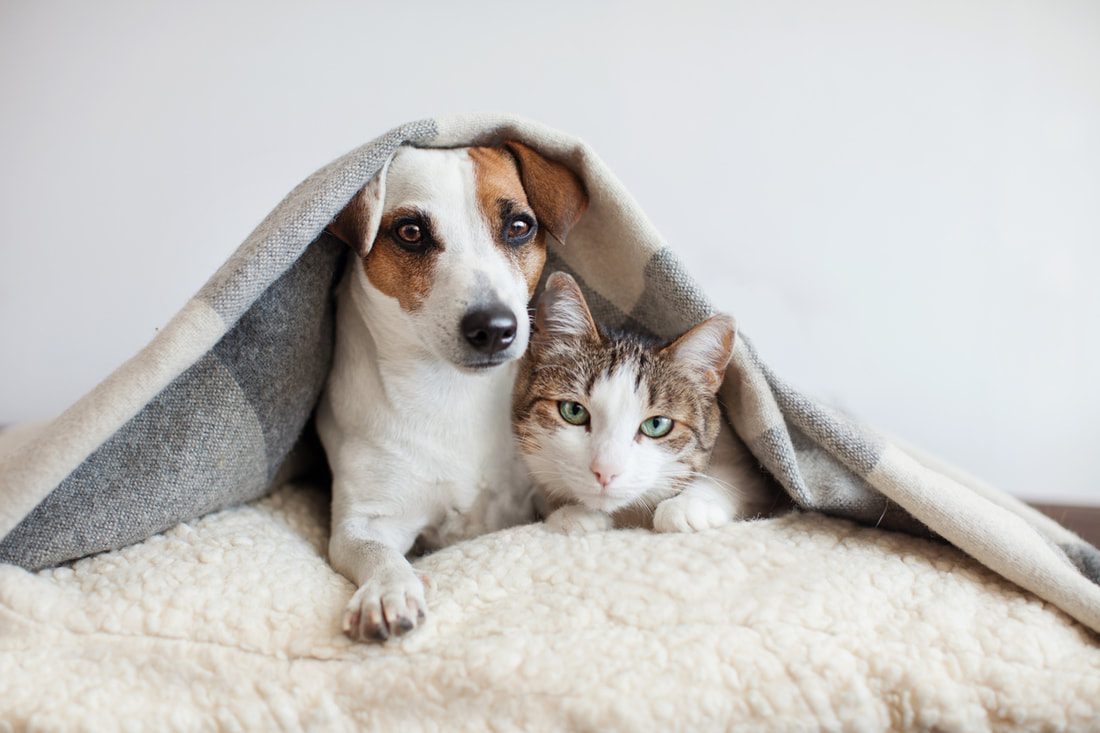What Pet Insurance Covers
Pet insurance can be used different ways by different people (and pets), but if you buy comprehensive pet coverage, you can expect the following to be included on your policy:
- Emergency veterinary and hospital care.
- Prescribed medications.
- Therapies for recovery and behavioral problems.
- Care for most chronic health conditions.
- Preventative care, under specific circumstances.
- Spaying & neutering, if you choose to include them.
A basic pet policy is mostly just for emergency care for accidents and unforeseen illnesses. But a comprehensive policy adds some cover for vet visits and preventative measures.
But this repertoire of coverage – even with “full” pet insurance, is not going to take care of 100% of all possible pet care expenses. All pet insurance has some limitations and exclusions, to which we now turn our attention.
What Pet Insurance Doesn’t Cover
The biggest difference between pet insurance and human health insurance is that the latter now (under ACA) covers preexisting conditions, while the former does not.
The fact is, if pet insurers covered preexisting conditions, they would likely soon go out of business. Why? Because people could just wait till their pet was sick, grab a pet policy to cover it, then drop service after it was paid for.
It would also make it so there was virtually no limit on what can be claimed or in what amount – it’s easy to see how the how system would collapse under that scenario.
Additionally, most pet insurance will have waiting periods before coverage (for some conditions, at least) begins. The wait period might be 15 or 30 days, for example.
Finally, most policies will exclude certain hereditary diseases and conditions connected with a particular breed. These are considered relatively predictable and something an owner of that breed should prepare for. But, that said, you can sometimes pay a higher premium to cover hereditary diseases.
What Pet Insurance Sometimes Covers
The two main coverage areas that are absent basic pet insurance but that can be added on have to do with preventative care.
Routine care and normal health and wellness have to added if desired on your policy. This includes things like spaying/neutering, flea/tick control measures, teeth or ear cleaning, annual check ups, and vaccines.
Secondly, the fee for vet visits and examinations is not included on all policies. It is only going to be covered on a policy that has an annual limit. The reason is that, if office visits/exams were covered without a limit – there would be no incentive to take your pet to see the vet only when he/she really needs it.
To learn more about what is/isn’t covered by pet insurance, or to discuss selecting a policy that fits your needs, contact Flagler County (FL) Insurance Agency today!
